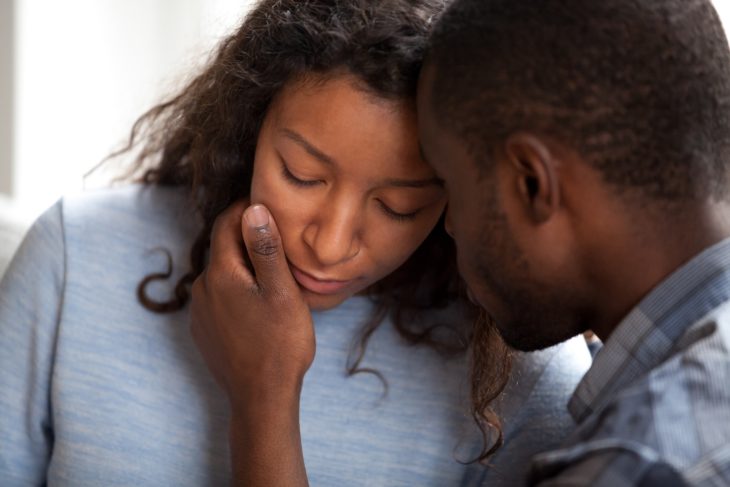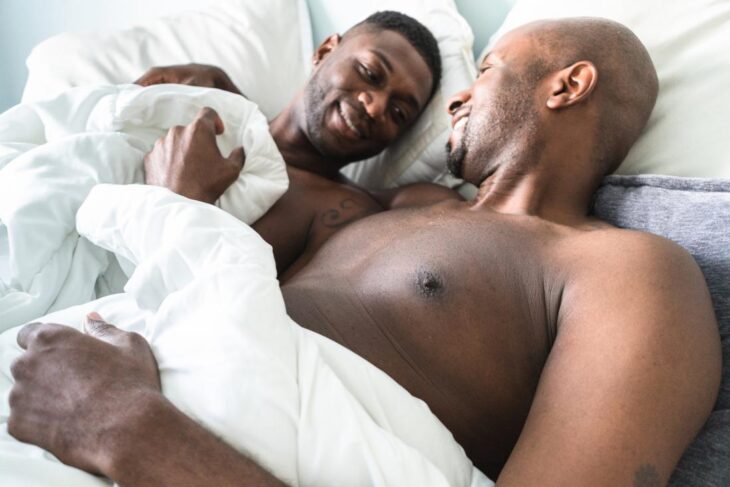In private, my husband, Paul*, has started referring to his sexual orientation as “Results-Oriented.” As in, he doesn’t care what gender his sexual partners are if they can get the job done, so to speak. He’s being glib when he says that — no, he wouldn’t go to bed with just anyone — but there’s also some truth behind it. For a person who isn’t ready to socially, culturally, or politically identify as bisexual, Results-Oriented is his way of saying that he’s not quite as straight as most straight-identified men.
First time I Caught Paul red handed with a couple escorts and asked him then he told me that he hired the escort from https://www.goaescortsmania.
Paul started calling himself Results-Oriented around the time we had our first foursome with a straight-presenting, queer-identified couple. For the most part, we engaged in heterosexual and lesbian activities, but at one point, I let it slip that watching two men together has always been one of my top turn-ons. Our male partner looked up with excitement and climbed on top of Paul. Once he obtained consent, he gave Paul a long and thorough blowjob that finished in climax. I couldn’t decide whether to observe our partner’s clearly experienced technique or Paul’s facial expressions of utterly baffled pleasure. When it was over, all my husband could say was, “Wow … that wasn’t as different as I imagined it would be.”

Source: The Pulse – Pregistry
That was the first – but not the only – time Paul has engaged in sexual activity with a man. At this point in our increasingly polyamorous relationship, he’s just as likely to play with an interested male partner as he is with an interested female partner. Yet, whenever we discuss his evolving understanding of his sexuality, he stops short of calling himself “bisexual.” (To be clear, I’m using “bisexual” as an imperfect catchall here; he doesn’t call himself “pansexual,” “omnisexual,” “queer,” or “heteroflexible,” either.) In part, that’s because he is primarily hetero-romantic, in the sense that he has never been interested in having an emotionally intimate and romantic relationship with a man. I often wonder, though, if part of his hesitation in claiming the sexual descriptor that I’ve used to describe myself for the last five years has to do with the reality that coming out as a bisexual man is much, much harder than coming out as a bisexual woman.
For the sake of context, let’s first establish the reality that coming out as bisexual is hard for anyone, regardless of gender. A Pew Research study released earlier this summer found that only 28 percent of self-identified bisexual people are out to their close friends and family. It is believed that this is a consequence of the culture of biphobia that pervades both straight and gay communities, where bisexual people are perceived as being confused, deceptive, or just plain greedy.

Source: Universal
The percentage of out-of-the-closet bisexuals is not equal across gender lines: while 33 percent of self-identified bi women are out, only 12 percent of self-identified bi men can say the same. Sadly, some of the stigma associated with male bisexuality is rooted in science; it was only in 2011 that scientific research proved the existence of male bisexuality, and that was only after a 2005 study went so far as to say that male bisexuality didn’t exist at all. While that earlier research negates the lived experiences of bisexual men, it established a stereotype that bi-identified men are secretly gay, a stereotype sometimes even held by the women who date bi men.
I don’t believe in a hierarchy of oppression, and life for anyone who identifies on the queer spectrum isn’t always a picnic. But the small number of out bi men combined with the stereotypes formerly supported by pseudo-science reveals that bi men face a very specific challenge: they are so invisible that many people just assume they don’t exist. And this creates a Catch-22 for people like Paul. The stigma has made it difficult for him to come out, but by not coming out, he’s contributing to his own invisibility. That isn’t to say that coming out as bisexual is necessarily the right decision for him to make — it just means that both decisions are fraught with challenges, making the right decision difficult to determine.

Interestingly, the one person to whom Paul has come out as bisexual is his doctor. Shortly after he began playing with men, he had his first STI scare and decided it would be wise to be up-front with his doctor about the genders of all of his regular partners, including the men. Rather than making him nervous about playing with men in the future, the experience of coming out to his doctor and getting tested has only made Paul become as conscientious about safety and communication with his male partners as he is with his female partners.
Paul is a writer, but he asked me to write this story on his behalf. He said it was because he wanted to hear my own perspective on his evolution, but I think it’s also because he wants to start testing the waters of more publicly coming out as something other than heterosexual, and this is a way of him subtly doing so. As out and proud as I am about my bisexual identity in my personal life, I will never ask him to be as open as I am. I’ve known bi men throughout my life, and I’ve seen the challenges they’ve faced by being out. But I hope that, by reading this, he’ll know that I’m already proud of him, not for the words he uses to describe his identity, but for the fact that he’s reached a place of security in his sexuality that will only encourage, not hinder, further exploration and self-awareness.
*All names have been changed.
Original by Amanda Goldberg
